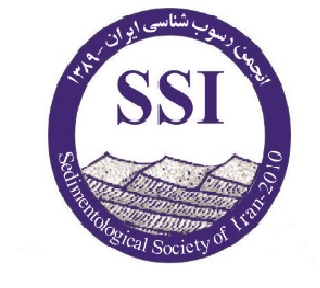Comparison of the MLP and RBF Neural Networks for the Determination of Confined Aquifer Parameters
Subject Areas :
Abstract :
In this paper, Multi-Layer Perceptron (MLP) and Radial Basis Function (RBF) Artificial Neural Networks (ANNs) are designed for the determination of confined aquifer parameters: transmissibility and storage coefficient. The networks are trained for the well function of confined aquifers. By applying the principal component analysis (PCA) on the training data sets the topology of the MLP and RBF networks is reduced and fixed to [1×12×1] and [1×14×1], respectively regardless of number of records in the pumping test data. The networks generate the optimal match point coordinates for any individual real pumping test data set. The match point coordinates are then incorporated with Theis analytical solution (1935) and the aquifer parameter values are determined. The generalization ability and performance of the developed networks is evaluated with 100000 sets of synthetic data and their accuracy is compared with that of type curve matching technique by two sets of real pumping test data. The results showed that though both MLP and RBF networks are able to determine the confined aquifers parameters and eliminate graphical error inherent in the type curve matching technique but the MLP network is more accurate than the RBF network. Therefore, the proposed MLP network is recommended as an accurate automatic and fast procedure for the confined aquifer parameters estimation.
